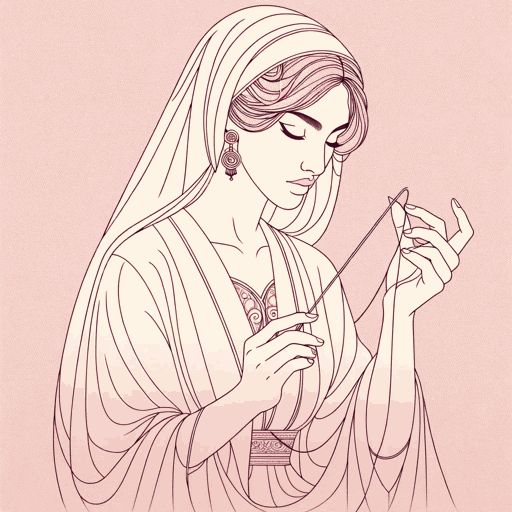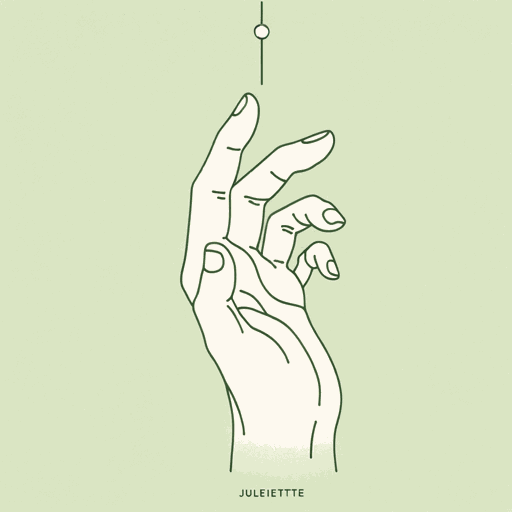60 pages • 2 hours read
Tahereh MafiThis Woven Kingdom
Fiction | Novel | YA | Published in 2022A modern alternative to SparkNotes and CliffsNotes, SuperSummary offers high-quality Study Guides with detailed chapter summaries and analysis of major themes, characters, and more.
Symbols & Motifs
Separation of Heaven and Earth
The separation of heaven and earth serves as a recurring motif that is related to the central theme of interconnectedness and the breaking or re-establishing of divine unity. The account of Iblees and his fall from grace captures this rupture in visceral terms. Iblees, once elevated to heavenly status, ultimately crashes back to Earth, and his fall has catastrophic consequences for his people—the Jinn. This isn’t just a heavenly entity falling to Earth; it’s a complete upheaval of an entire civilization. For example, the chapter titled “In the Beginning” articulates a profound disjunction between the divine and earthly realms: “When Iblees fell, so too did his people” (21). Not only does this statement deepen the motif of heaven and earth’s separation, but it also portrays a cosmic abandonment that compounds the marginalization of the Jinn in a very tangible, tragic way.
The fall of Iblees and its resultant cosmic “forsaking” of the Jinn by other celestial bodies like the sun and moon parallels the societal discrimination and marginalization that the Jinn face in Ardunia. Just as the heavens reject the Jinn, casting them into darkness and confusion, human society also marginalizes them, forcing them to live in metaphorical darkness. As the opening chapter states, “Dirt, they had learned, would smother a flame” (24), and this statement highlights that the marginalization of the Jinn is not only social and spiritual but also elemental, for it goes against the very nature of the Jinn, who are beings of fire.
Related Titles
By Tahereh Mafi
Featured Collections
Asian American & Pacific Islander...
View Collection
Challenging Authority
View Collection
Class
View Collection
Class
View Collection
Fate
View Collection
Good & Evil
View Collection
Mythology
View Collection
New York Times Best Sellers
View Collection
Power
View Collection
Romance
View Collection
The Best of "Best Book" Lists
View Collection





